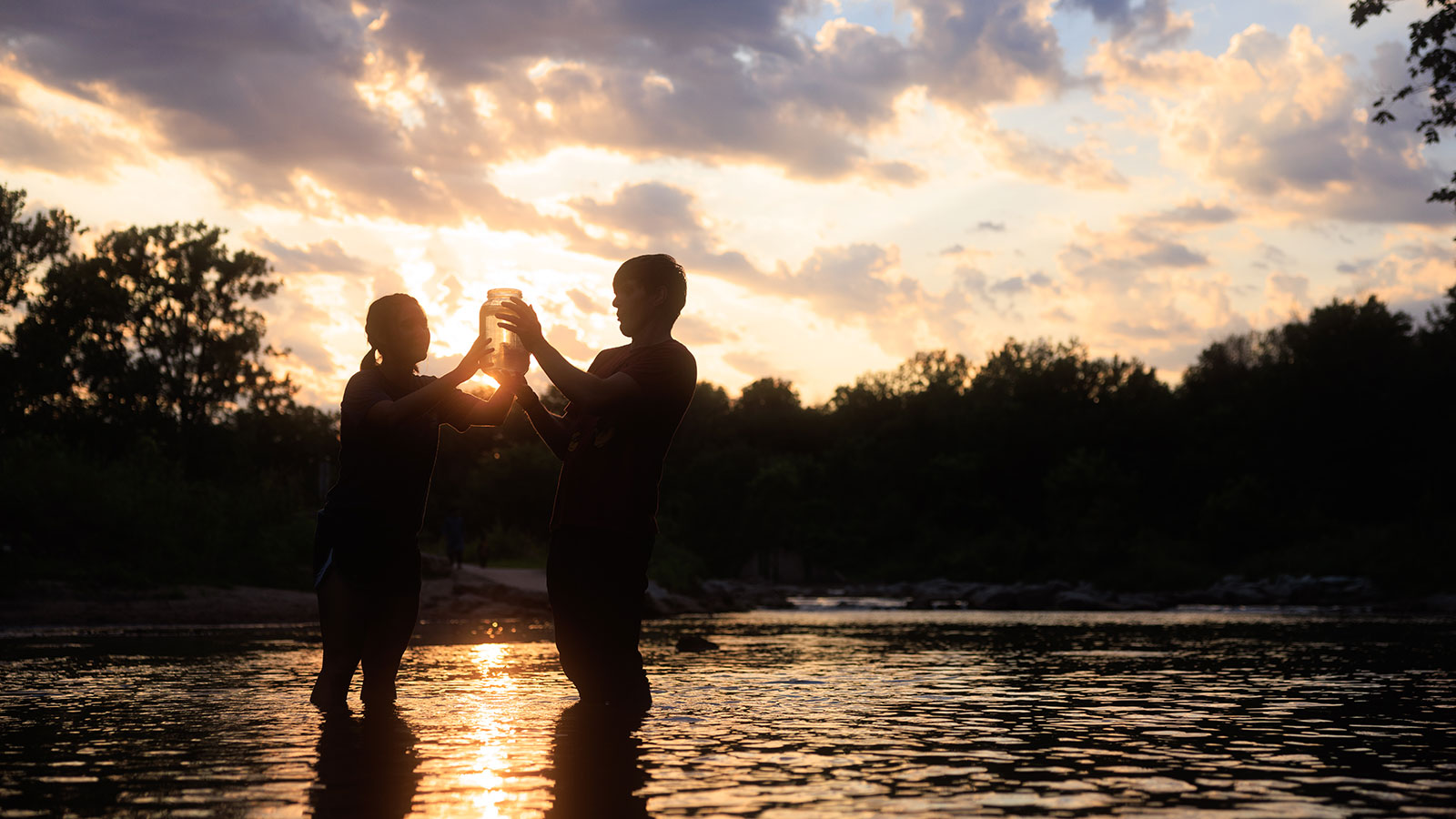
Photos by Ryan Riley, College of Engineering
Building on a long-standing concentration area within civil engineering, a new major in environmental engineering is an early success:

“As a student water operator, I put my classroom engineering skills to practice, with responsibility for maintaining the public water supply from start to finish. It is incredibly rewarding to be part of providing a necessity to the Ames community while I’m still a student, especially in a role with a direct connection to quality of life and health outcomes.”
Daria Dilparic
Graduate student in environmental engineering
Student operator at the City of Ames Water and Pollution Control Department
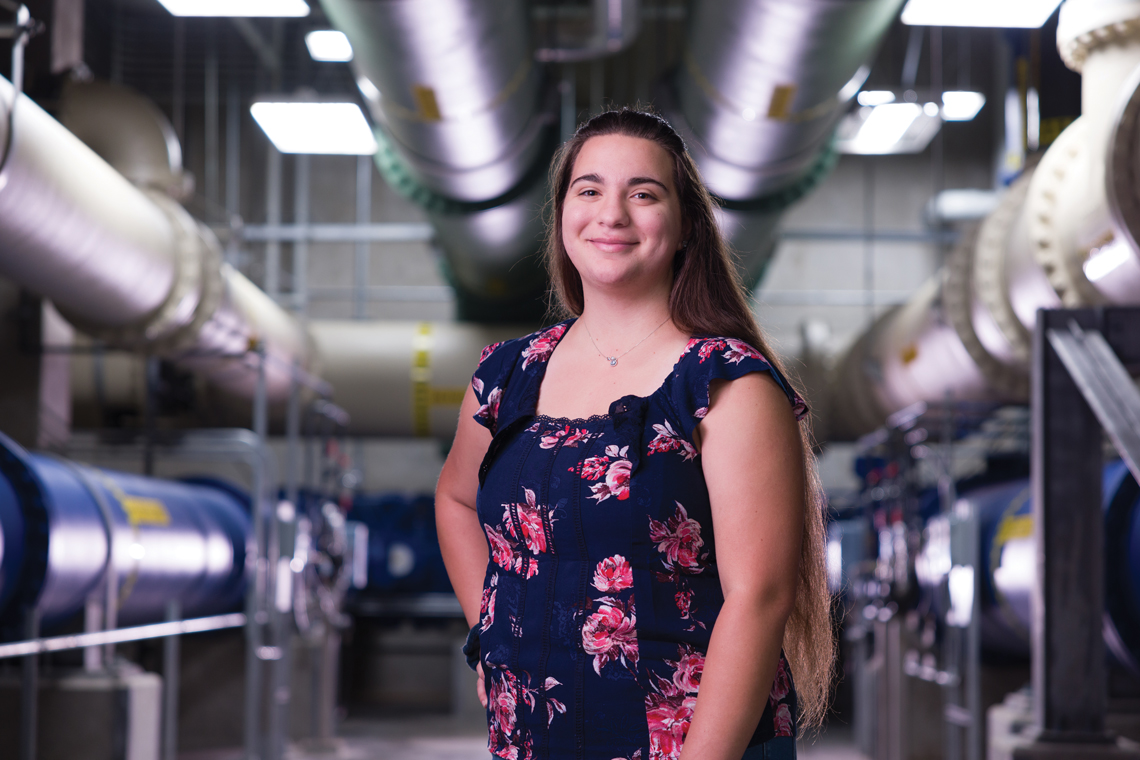
Advancing Environmental Equity
Iowa State environmental engineers are working on projects with wide-reaching impact, developing new data-driven approaches to ensure all people have access to clean water, resilient infrastructure, and livable environments.
Here are a few areas where Cyclone Engineering faculty are making innovations:
Watershed Models
Antonio Arenas uses surface-subsurface hydrologic models to evaluate flood mitigation and agricultural conservation strategies. His team investigates water and nitrogen cycling in farmed prairie potholes, flood and water quality benefits derived from land-use changes, the environmental performance of two-stage roadside ditches, and changes to traditional culvert design to achieve flood reduction benefits.
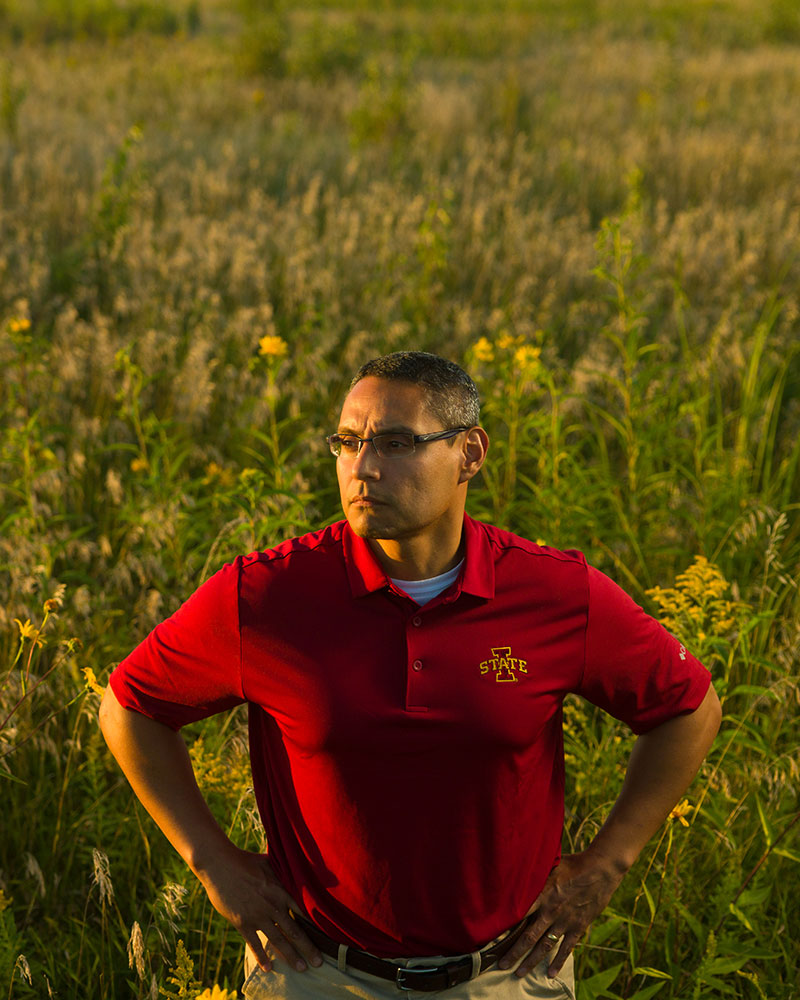
Right-sized climate adaptation strategies

Lu Liu is modeling how climate change will impact rural and urban communities differently – so tailored adaptation strategies can be identified and adopted according to different population-growth rates and climate models.
Common chemical language
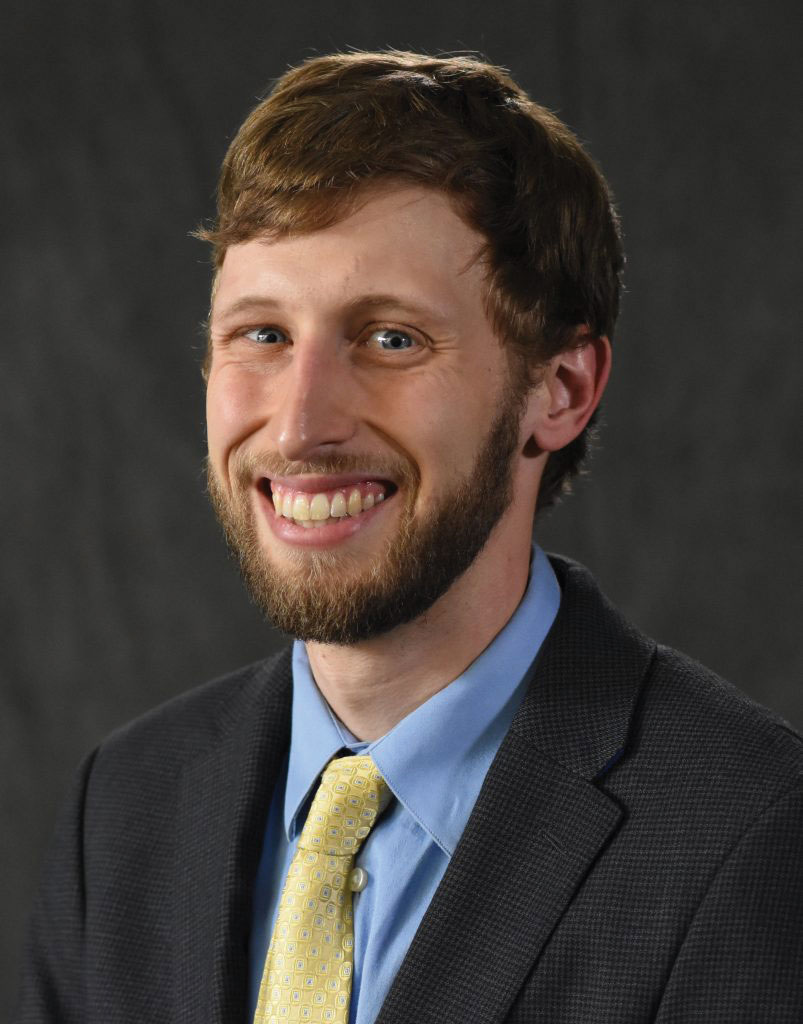
Joe Charbonnet is creating a clearer way for scientists and engineers around the world to communicate the characteristics of toxic per- and polyfluoroalkyl substances (PFAS), known as “forever chemicals.” A common framework is key to identifying new varieties of PFAS.
Mapping pathogen hotspots
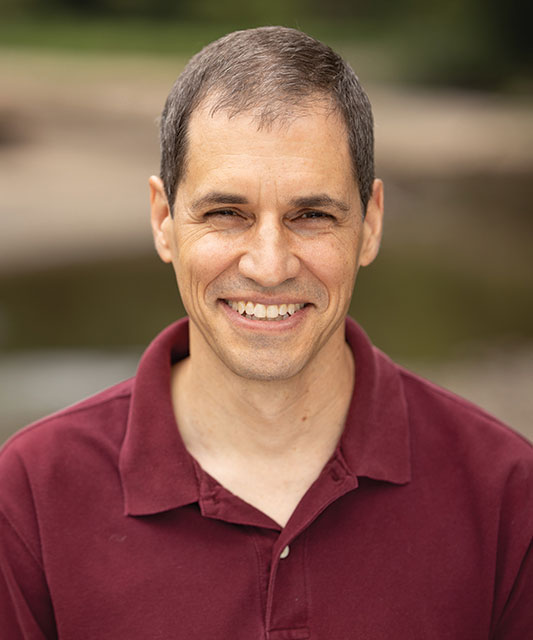
Chris Rehmann leads a team studying where pathogens are most likely to stick around after floodwaters rise and recede. Modeling data about contamination pathways will point to more equitable and resilient approaches to flood mitigation.
Community-led water quality tools
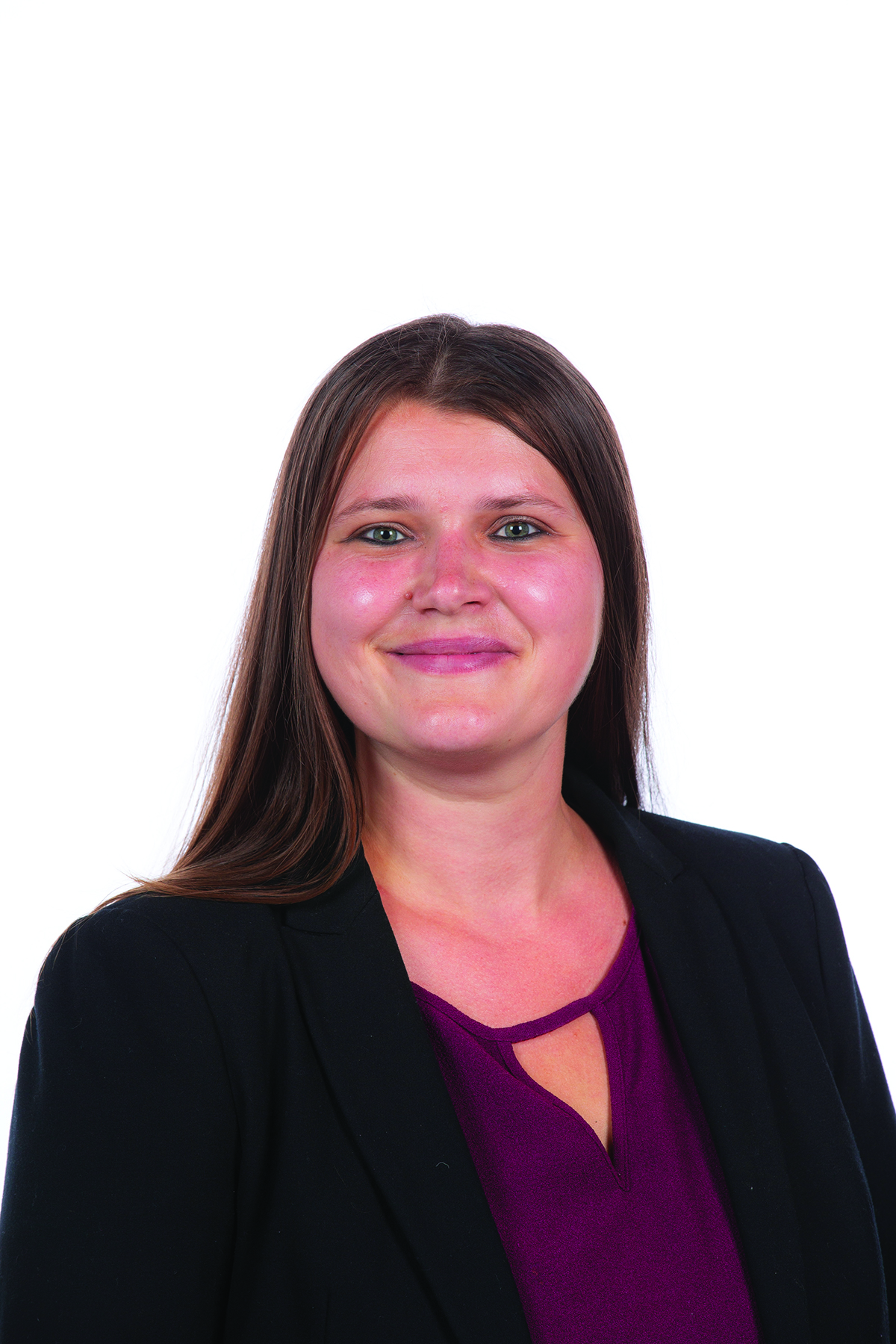
Cristina Poleacovschi leads a project to explore connections between climate change, water quality and health outcomes in Alaska Native communities. The team is partnering with communities on water system monitoring and sampling to create quantitative tools that can be used for infrastructure advocacy.
Reducing risk for older adults
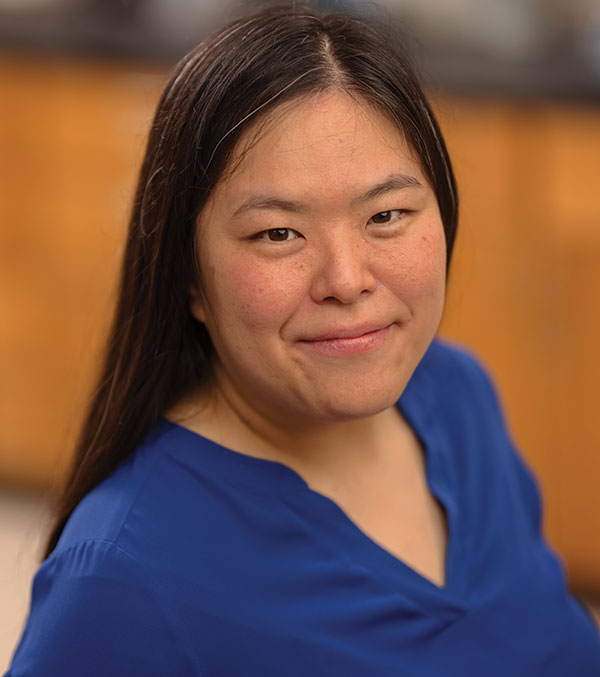
Kaoru Ikuma is working with the Loíza community in Puerto Rico to study how elevated exposure risks to wastewater contaminants after flooding impacts older adults. Her team is modeling contaminant transport, interviewing older residents to learn about their trust in drinking water sources – and combining what they learn into risk-reduction interventions.
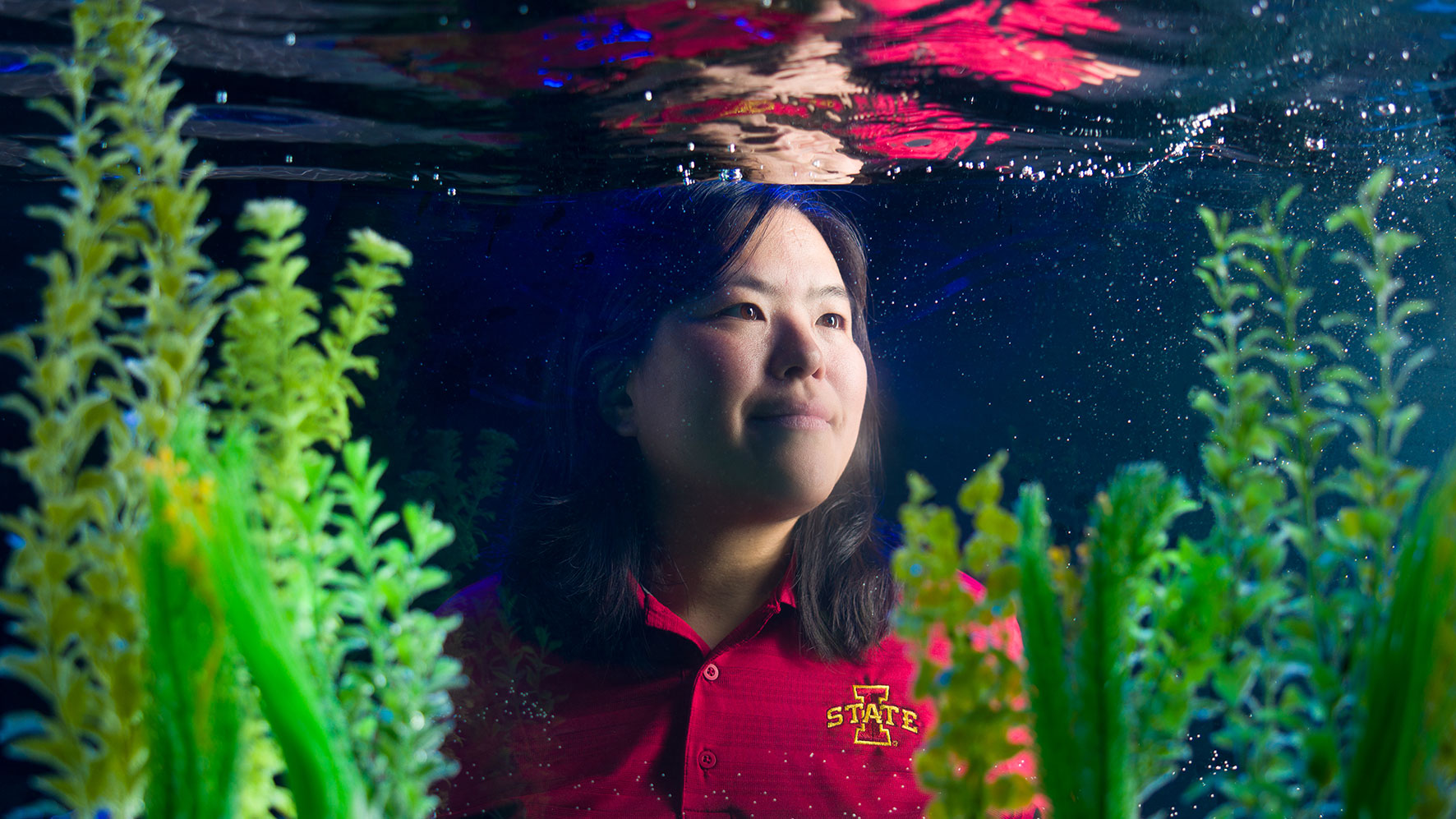
“Cyclone Engineers are focused on using innovation to advance environmental equity. We are developing new technologies and approaches to take on a variety of environmental engineering challenges – with the fair treatment of all people at the heart of our work.”
Kaoru Ikuma Associate professor of civil, construction and environmental engineering
